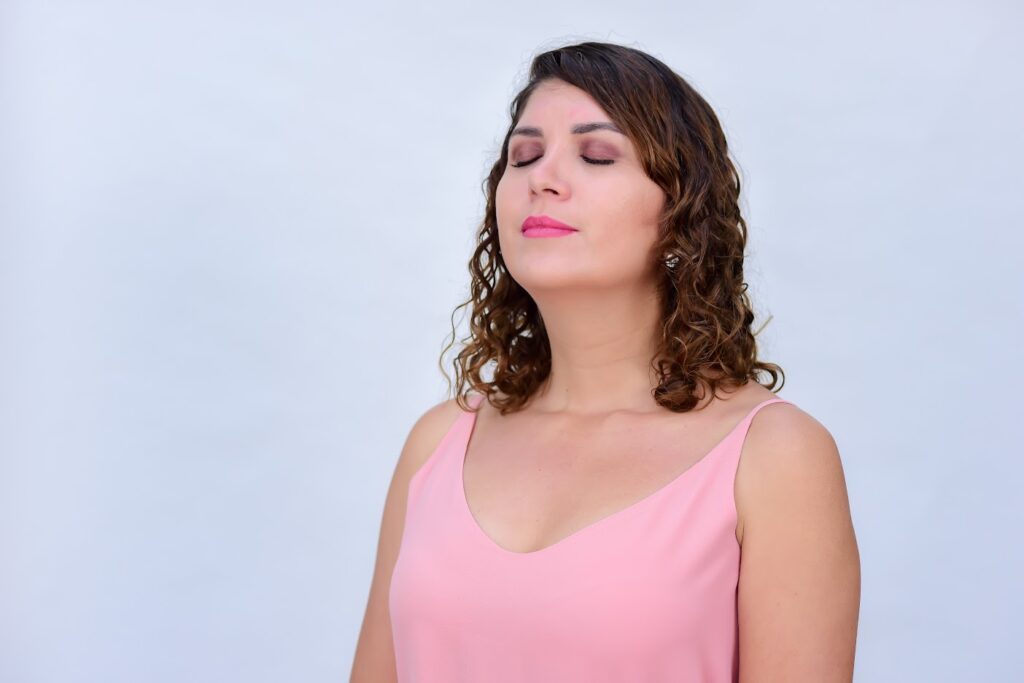Key points:
-
Smell therapy helps to recover olfactory memory.
-
Matching smells with memories is a great support tool.
-
Visit a specialist to start smell therapy.
COVID-19 is very different in each patient, being anosmia, the loss of smell, a recurring symptom that remains even after the illness.
Although it sounds banal at first, loss of smell can be dangerous, says Dr. Adiel Asch Rabinovich, otolaryngologist at ABC Medical Center, because it does not allow the detection of smoke, gas leaks, or even consuming spoiled food.
The SARS-CoV-2 virus causes an inflammatory state in the body, especially in lung tissue, kidneys, and even in the brain, resulting in loss of smell.
“Anosmia occurs due to a certain obstruction inside the nose and damage to central nervous pathways that includes the olfactory epithelium, whose mucosa would serve as a cellular receptor for SARS-CoV-2.” 1
Some patients manage to recover their sense of smell progressively, but there are cases where help should be given to recover it.
Also, Dr. Salomón Waizel Haiat, otolaryngologist at ABC Medical Center, points out that, although there is no specific medicine to recover smell after COVID-19, there is smell therapy, also known as olfactory rehabilitation exercises or olfactory retraining therapy.
What is smell therapy?
This therapy was initially released in 2009, through the use of four aromas:
- Rose
- Lemon
- Clove
- Eucalyptus
Through these aromas it is possible to activate a trace in the brain that reactivates the olfactory memory, one of the strongest in the human being; in this way, it will be possible to exercise the olfactory system, the nerves of the nose and the cerebral cortex.
How to perform smell therapy?
It is not necessary to perform the stimulus with the four aromas previously indicated, says Dr. Waizel, the important thing is to choose pleasant aromas. It will also be necessary to have four small 50-ounce bottles, which can be made of plastic, glass, or amber, which will help to keep the essence.
Smell therapy consists of four steps:
- Evaluation of the olfactory function. This will be the beginning of the therapy and will allow us to identify our level of smell, it must be done by a specialist.
- Therapy exercise. It is directly the rehabilitation of smell.
- Self-Assessment. Every week, the patient will self-evaluate, qualifying the intensity of the aromas, their differentiation, and, even, if they detect any distortion.
- Second evaluation of the olfactory function. Again, the specialist will evaluate the olfactory function formally to see the progress achieved, this can be done between four and six months after the first evaluation.
Therapy Procedure
To perform the treatment, the first bottle will be opened to take a long inhalation for about 20 seconds, later, short inhalations will be made for another 20 seconds and rest for 10 seconds.
After the 10-second rest, the same procedure will be performed with the second bottle, then with the third, and, finally, with the fourth.
Dr. Waizel says that for the therapy to work, you must look for some clue in your memory about the aroma that is being smelled, in this way you will encourage your olfactory memory to exercise.
It is advisable to do it twice a day and also remember that, in a certain way, it is a physiotherapy process, that is, the therapy must be done sitting down, concentrating, and taking the necessary time to do it.
Additionally, it is important to be aware of the odors in the environment to continue rehabilitating yourself.
Fuente:
Dr. Adiel Asch Rabinovich – specialist otolaryngologist
Dr. Salomón Waizel Haiat – specialist otolaryngologist
https://youtu.be/btPb-F8h7TI
1 https://www.ncbi.nlm.nih.gov/pmc/articles/PMC8494994/


